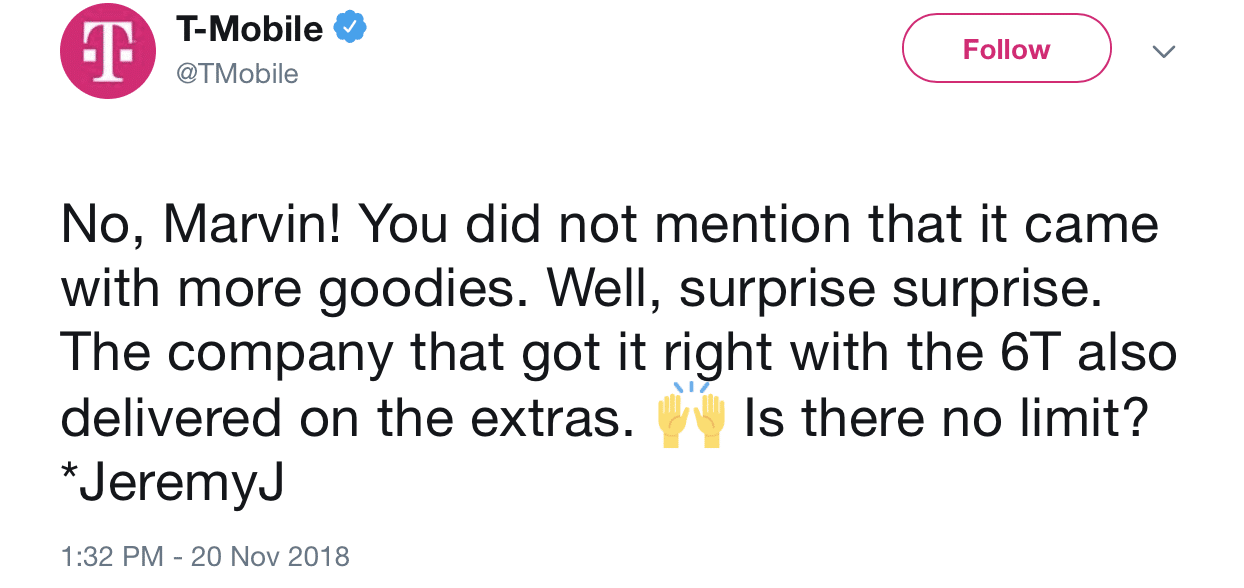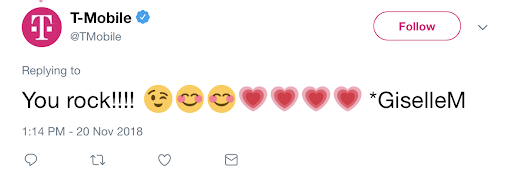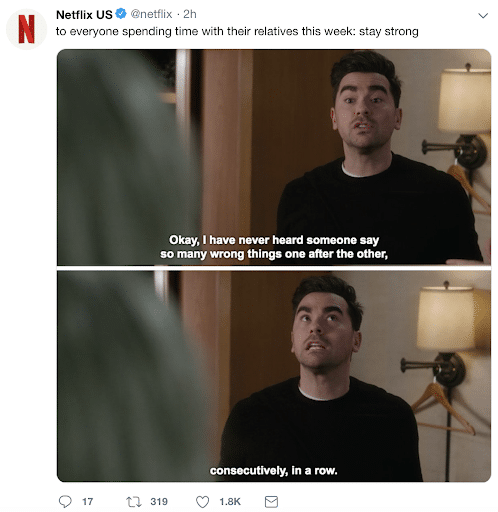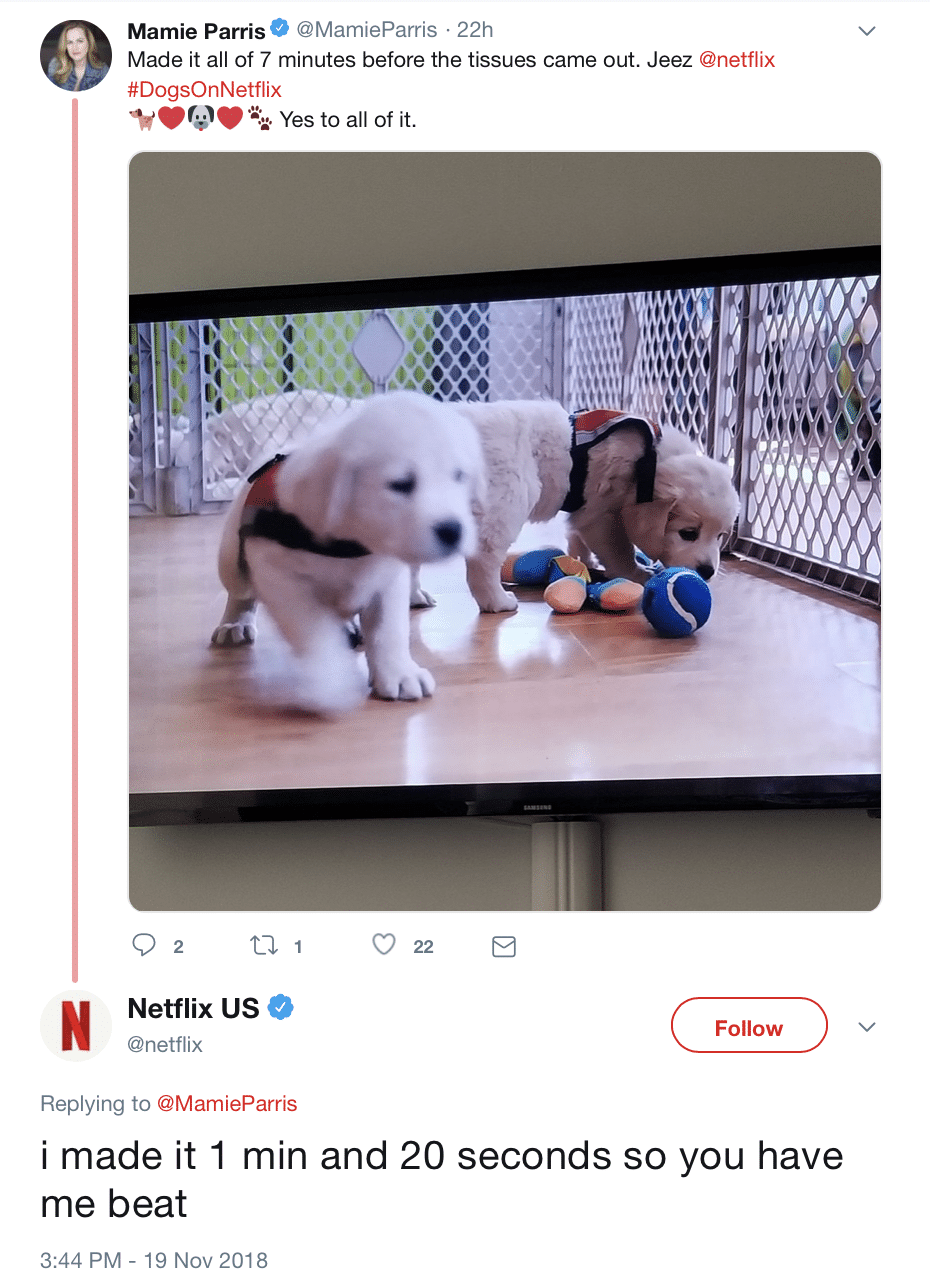Quite often the marketing industry likes to toss buzzwords around hoping they become the next big thing. Stroll through the halls of the biggest agencies and you’re bound to hear “velocity marketing”, “crowdsourced content”, and “brand authenticity” spoken about ad nauseam.

Authenticity is something that can’t be bought by pushing out content with a massive amount of paid media behind it. While great campaigns start by telling a story – are you doing anything more than pushing great content in a consumer’s face if your community management isn’t having the same authentic conversation?
Brands that are authentic to the core are generally devoted to facilitating genuine human connections with consumers. You may be asking yourself who goes to brand pages to have conversations? The answer is simple, a lot of people do!
T-Mobile: The Magenta Family
T-Mobile has saturated the telecommunications space with content on both social and traditional channels, the company understands the importance of not only delivering value in customer support, but also in community management.

The carrier’s delicate balance of sales, issue resolution, and positive community management allows for the cultivation of a community that trusts and is vibrant.

Netflix: The Chill Next Door Neighbor
Netflix US has shifted their focus from promotion to relevancy. In the early days of their campaigns, it was very clear that Netflix attempted to talk to consumers versus talk with consumers.
Netflix has flipped the switch to incorporate meme culture in an effort to create authentic and relatable conversations with fans.

WHO DOESN’T LOVE PUPPIES? Netflix knows this. Taking a look at the response to the below comment, Netflix’s use of grammar, relatability, and quick type response allows the brand to engage authentically without trying too hard.

Dove: Storytelling through resonance and conversation
Dove’s social media campaign, #SpeakBeautiful hit home the idea that content must have a mix of conversation and story. The campaign was based on the role online words play in impacting confidence and self-esteem.
To further the story behind the crafted content, Dove utilized social listening to identify negative tweets about beauty and body image and utilized the Dove account to engage with the negative tweets in real-time. These responses suggested and educated users on the effects of negative thinking on their self-esteem. Having genuine conversations allowed the brand to further the reach of the content, while also coming across as authentic.
Words of wisdom to brands out there, a content strategy is only half the battle for brand authenticity. Yes, you need to tell a story, but if your story is being told solely with content you are doing a disservice to your brand and your consumers.
Having a conversation with consumers in the virtual world should be no different than holding a conversation in the real world. It is all about establishing genuine human connections while keeping your long-term strategy at the forefront.




